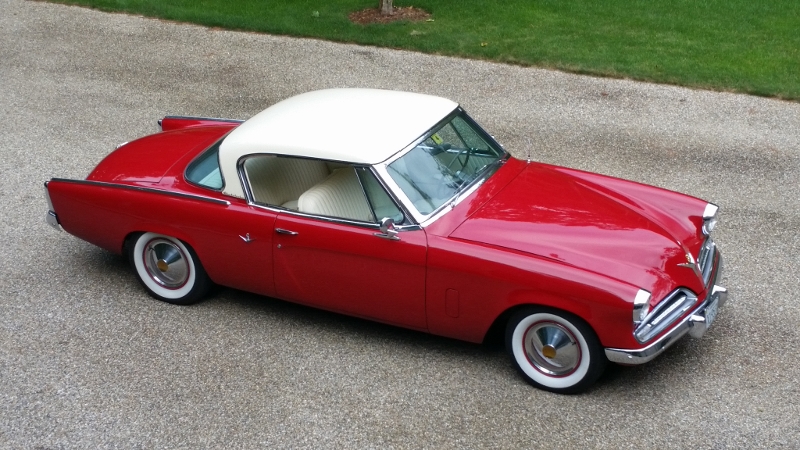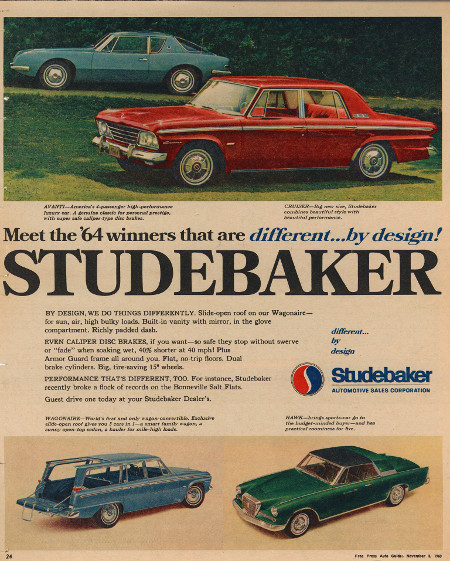When Did Studebaker Go Out Of Business

They were there at the start of the era of motor vehicles and their legacy continues to live on today.
When did studebaker go out of business. A turquoise and white Cruiser sedan was the last of fewer than 9000 1966 models manufactured of which 2045 were built in the 1966 calendar year. Their merger with Packard in 1954 was far too late to be of help and their limited line of vehicles didnt really resonate with buyers. The seeds of Studebakers eventual demise were planted in the 20s and 30s when Studebakers upper management under the leadership of Albert Erskine continued to pay out huge stock dividends while the company was losing money under the mistaken belief that prosperity was just around the corner.
Others believe the Big Three deliberately drove Studebaker out of business. After the 1958 model year the Packard automobile was no more and the name lived on as part of Studebaker-Packard until April 1962 when the company became the Studebaker Corporation. All five Studebaker brothers had died by 1917 and the company business was left in the hands of their sons and sons-in-law.
Studebaker made a series of poor decisions starting in the 1920s through the 1940s that pretty much sealed their fate. When the last bank said no in 1956 Packard consolidated its product line and assembly into Studebaker and except for the unwanted Packardbakers in 1957 and 58 it was finished manufacturing cars. One by one they pulled their credit lines.
After all this company survived the depression of the 1930s with a recievership deal. Packard bought Studebaker in 1953 and formed the Studebaker-Packard Corporation of South Bend Indiana. But they were around after WWII and even had a popular selling car in the early 1950s.
The first Packard automobiles were produced in 1899 and the last Detroit-built Packard in 1956 when they built the Packard Predictor their last concept car. Though the company would continue to manufacture cars in South. In reality the move to Canada had been a tactic by which production could be slowly wound down and remaining dealer franchise obligations honored.
In 1956 Packard-Studebakers then-president James Nance made the decision to suspend Packards manufacturing operations in Detroit. When Studebaker went out of business in 1962 the price of their cars plummeted. The companys president Albert Erskine resigned and later that year committed suicide.





/stories/2013/12/Studebakerplant_700.jpg)







